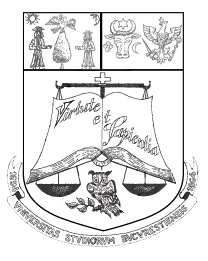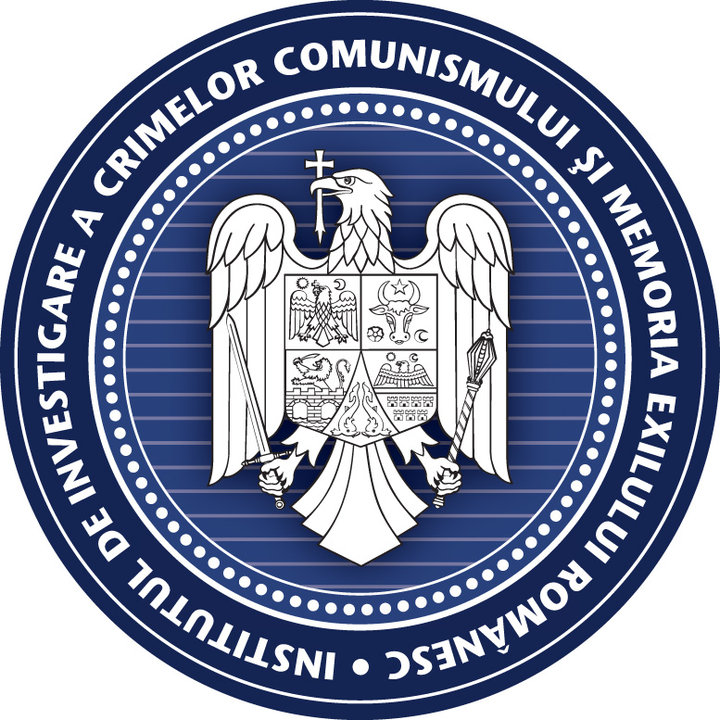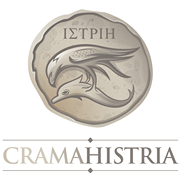|
Histria Fortress
|
|
| Country |
Romania
|
| Region/province |
Dobrudja
|
| Name of the cultural property, monument, natural or urban site, or site that has played a key role in European history. |
Histria Fortress, List of Historical Monuments code, CT-I-s-A-02681, monument with national and international value
|
| Owner of the cultural property, monument, natural or urban site, or site that has played a key role in European history |
National Museum of Archaeology Constanta, Constanta County Council
|
| Public or private authorities responsible for the site or property (delegated management) |
Ministry of Culture and Religious Affairs
The responsible for the management of the building: County Council through the Museum of Constanta Scientific responsibility: Archaeological Institute Vasile Pârvan, Bucuresti The responsible for administering the funds and overseeing the works: National Office for Historical Monuments |
| Postal address |
-
|
| Geographic coordinates of the cultural property, monument, natural or urban site, or site that has played a key role in European history |
longitudine si latitudine: 44°32'50.27"N, 28°46'25.17"E
View Larger Map |
| Reasons for listing |
How is this heritage site/object, which has played a key role in European history, emblematic of European identity? Which listing criteria does it fulfil (see criteria listed under âHeritage Committee of Europeâ, article 5 of the rules of procedure)?
|
| Description of the cultural property, monument, natural or urban site, or site that has played a key role in European history |
Histria, Greek colony on the Dobrudja coast of the Black Sea (today on the Sinoe Lake bank), was founded by the middle of the 7th century BC, by colonists from Miletus (according to the data conveyed by Eusebius, a possible founding date could be the years 657/656 BC, and according to the tradition mentioned by Ps. Skymnos, the year 630 BC could represent the date of the foundation of the settlement) and existed for 14 centuries, until the 7th century AD. It is the oldest Greek colony on the West coast of the Black Sea, and one of the first founded in the basin of this sea.
During the Vth century B.C. Histria became a real polis, with a democratic institutional development confirmed by the writings of Aristotle and with an urban development confirmed by a new city wall and new temples dedicated to various deities. Histria is the first ancient Greek cities of the Black Sea which struck coins and there is a very high probability that it was a member of the Athenian Delian Ligue. Due to the fact that it had good relations with both the Odrysian kingdom of Thracians and with the Scythes from the northern shore of the Black Sea coast the city evolved peacefully till the last quarter of the IVth century B.C. when it is destroyed during the conflict that opposed the Macedonian king Philip II to the Scythes led by Ataeas. In the Hellenistic age, despite the rather unfavorable conditions, Histria was able to continue its economical, political and cultural development. It is also a new development age from the urbanistic point of view when we can see a new wall of the acropolis being into function, new temples in the Sacred Area of the city and a new city wall running around the whole site. During the first century B.C., for a short while, the city entered under the influence of the Dacian King Burebista. The Roman domination was representing a new period of prosperity for Histria, interrupted by the repeated Gothic invasions. A city wall was built during the reign of Hadrian and after the Gothic destruction a new one was built by the middle of the IIIrd century A.D. The last moments of prosperity of the city correspond to the reigns of the Emperors Constantin the Great and Justinian (a testimony about his utilitarian politics in Histria being the bishopric basilica with impressive dimensions: 60 m length and 30 m. wide). After 14 centuries of existence, at the middle of the VIIth century A.D., Histria ceased its life. The site was never occupied by an other settlement ever since and the conditions offered for the archaeological researches are, from this point of view, remarkable the archaeological researches are, from this point of view, remarkable |
| History of the cultural property, monument, natural or urban site, or site that has played a key role in European history |
How did the cultural property, monument, natural or urban site, or site that has played a key role in European history achieve its present form and state? Has it changed significantly (include a description of recent conservation measures)?
|
| System of protection of the cultural property, monument, natural or urban site, or site that has played a key role in European history, if appropriate |
Protected by Gov. Ord. no. 43 on the protection of the archaeological heritage, Law 422/2001 on the protection of historical monuments.
As historical monument listed in List of Historical Monuments, July 2004, as monument with national and international value. All restoration works under the condition of obtaining the approval of the National Commission for the Historic Monuments (Ministry of Culture and Religious Affairs). All construction works under the condition of obtaining a construction authorization from the Constanta County Council. |
| State of preservation of the site/object |
How is the cultural property, monument, natural or urban site, or site that has played a key role in European history used and managed? What state of conservation is it in? Is there a risk of deterioration? How?
|
| Policy to promote and enhance the appreciation of the site/property (detail actions already performed and required) |
As the questions regarding the numerous issues emphasized above can be answered exclusively of Histria archaeologists - considering that the results of these researches will be published, only our generation being able to offer the Romanian and international scientific world at least ten more volumes of the Histria monographic series.
surrounding with a protection fence the almost 73 hectares surface, officially in operation - exclusively for the archaeological works, one could begin the process of preservation of extremely important monuments on the west plateau, that might be badly damaged starting from the following day or at the end of such ideal works, if they fail to be performed. Constanta County Council, is involved in different European projects as Romanistic circuit, (circuitul Romanitatii) RESIDE, funded by European Commission, 2005-2007 |
| Cultural exchanges and networking |
Histria is the most ancient Greek town on the Romanian territory.
How will the cultural properties, monuments, natural or urban sites, or sites that have played a key role in European history form part of cross-border or transnational European exchange networks? Do they benefit from cooperation between players in the private and public cultural sphere, local authorities, or national and European Union institutions? |
| Heritage and creative activities |
The signalization of the archaeological site, different sectors
- Cultural tourism Cultural roads including visit sites in Dobrogea, Histria, Tropaeum Traiani, Adamclisi, Callatis, Tomis, etc. The reorganization of the site museum a program of public information and advertisement on the values of the site through a web site and paper publications (guides, leaflets etc); Do the listed cultural properties, monuments, natural or urban sites, or sites that have played a key role in European history promote a range of artistic and cultural activities (events, festivals, artist-in-residence schemes) in order to strengthen the mobility of artists in Europe and to foster an on-going dialogue between heritage and creative activities? |
| Sources and level of finance |
Ministry of Culture and religious Affairs- for archaeological researches.
Constanta County Council Budget and sources of finance for the conservation of the cultural properties, monuments, natural and urban sites, or sites that have played a key role in European history, and for the promotion strategy. Rehabilitation and promotion of the archaeological site through the cultural routes Consolidation, reparation, modernization spaces of the archeological museum from Histria, surface 2400 qm. Partners National Museum of History and Archaeology, Constanta County Council, Local County Istria, Financing funds- 120.000 e, Constanta County Council 62.500 e - Phare funds Financial support for the programme Hiperb, financed by the Greek government |
| Activities taken/planned to heighten the profile and representativeness of the site |
The proposed project will have as a result the radical improvement of the valorization of the archaeological site, the implementation of a management plan and a significant growing of the public awareness of this Greek site.
This project will be very useful not only for this site, but for the other Romanian archaeological sites and monuments by offering a conceptual model of the implementation of a management plan for short, medium and long term. The main aims are: - the realization and implementation of a management plan and of a GIS application that will insure the monitoring of the site; - urgent interventions for the Greek monuments; - restoration works for the Greek monuments; - a system of informative panels in the city; - the refection of the exhibition of the site museum around the idea of multiculturalism; |
| Links | The archaeological site of Histria |
SHARE















